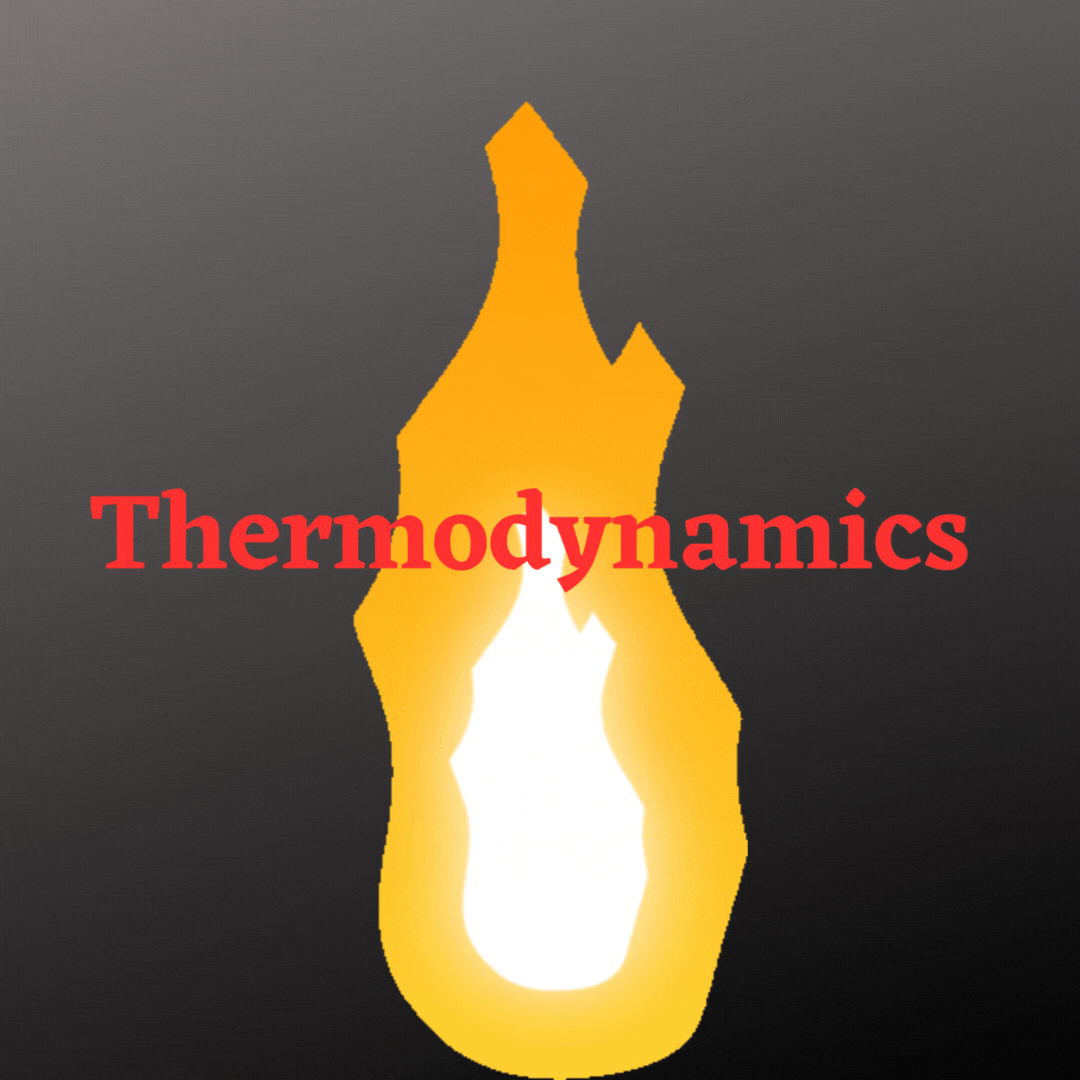Concepts
ATOQ
- Which of the following represents the peak value of a sinusoidal wave in a phasor diagram?
A. Radius of the circle
B. Angle of the phasor
C. Frequency of rotation
D. Horizontal displacement of the phasor - The frequency of a phasor diagram represents the:
A. Amplitude of the wave
B. Phase shift of the wave
C. Frequency of the wave
D. Resistance of the circuit - In a phasor diagram, the angle between voltage and current phasors in a purely resistive circuit is:
A. 0 degrees
B. 90 degrees
C. 180 degrees
D. 45 degrees - The phase difference between voltage and current in an inductive circuit is:
A. 0 degrees
B. 90 degrees
C. 180 degrees
D. 45 degrees - In a phasor diagram of a capacitive circuit, the current leads the voltage by:
A. 0 degrees
B. 90 degrees
C. 180 degrees
D. 45 degrees - The rate at which a phasor rotates in a phasor diagram is proportional to:
A. Resistance
B. Capacitance
C. Inductance
D. Frequency - In a phasor diagram, the vector sum of all the phasors is called:
A. Vector sum
B. Phasor sum
C. Resultant phasor
D. Final phasor - The phasor representing the current in an LCR circuit is usually drawn:
A. Vertically upwards
B. Horizontally to the right
C. Along the diagonal
D. Horizontally to the left - In a series LCR circuit at resonance, the impedance is:
A. Minimum
B. Maximum
C. Zero
D. Infinite - The phase angle between the voltage and current in a circuit having both inductive and capacitive elements can be:
A. Positive
B. Negative
C. Zero
D. All of the above - A resistor, an inductor, and a capacitor are connected in series. If the voltage across the resistor is VR, across the inductor is VL, and across the capacitor is VC, then the total voltage, V, across the circuit is given by:
A. V = VR + VL + VC
B. V = VR – VL + VC
C. V = VR + VL – VC
D. V = VR – VL – VC - In a phasor diagram, a rotating phasor represents:
A. Direct current (DC)
B. Alternating current (AC)
C. Pulsating current
D. None of the above - The angular frequency of a phasor diagram is given by:
A. 2πf
B. π/2f
C. πf
D. 4πf - In an RL circuit, the phase angle is given by:
A. tan⁻¹(XL/R)
B. tan⁻¹(XC/R)
C. tan⁻¹(R/XL)
D. tan⁻¹(R/XC) - In an RC circuit, the phase angle is given by:
A. tan⁻¹(XL/R)
B. tan⁻¹(XC/R)
C. tan⁻¹(R/XL)
D. tan⁻¹(R/XC) - In a series RLC circuit, when the frequency is lower than the resonant frequency, the circuit is said to be:
A. Capacitive
B. Inductive
C. Resonant
D. Resistive - The unit of reactance is:
A. Ohms (Ω)
B. Siemens (S)
C. Farads (F)
D. Henrys (H) - In a phasor diagram of an RL circuit, the current lags the voltage by:
A. 0 degrees
B. 90 degrees
C. 180 degrees
D. 45 degrees - In a phasor diagram, the horizontal axis represents:
A. Real power
B. Reactive power
C. Apparent power
D. None of the above - The power factor of a circuit is given by the:
A. Cosine of the phase angle
B. Sine of the phase angle
C. Tangent of the phase angle
D. Cotangent of the phase angle


